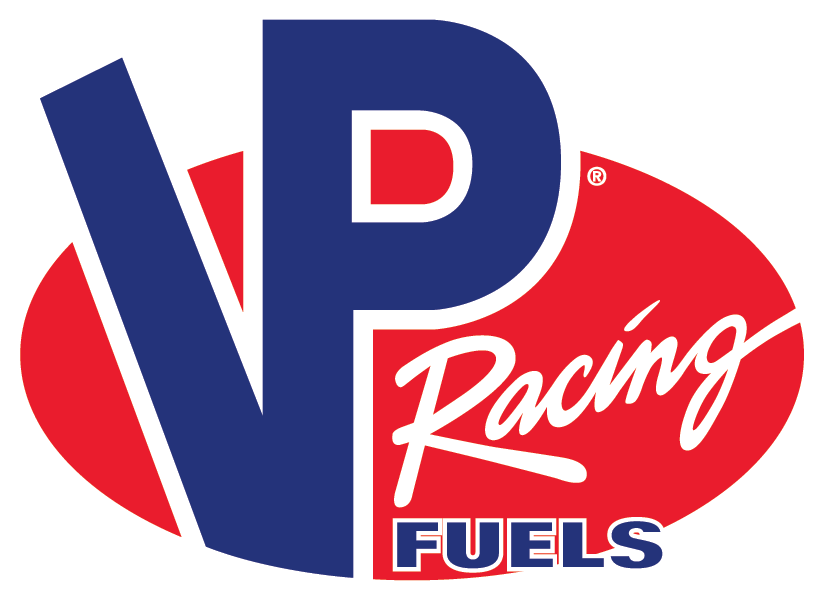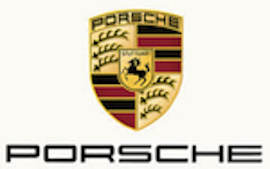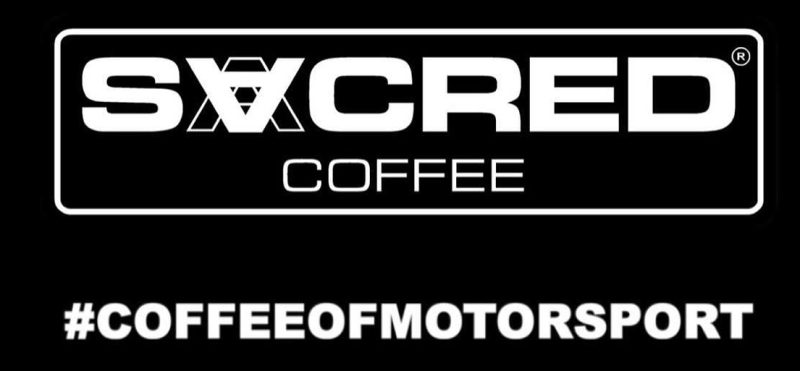“No automobile race has suffered such passionate and sensational attention as the 1955 24 Hours of Le Mans. That the Jaguar D-Type won its first 24 Hours beginning a string of victories against far more powerful cars and teams has been all but ignored in the wake of Pierre Levegh’s horrific accident.
The summer of 1955 was an ugly turning point for motorsport and no major league discipline went untouched. On 26 May two-time World Driving Champion Alberto Ascari died in Ferrari sports car at Monza. Just four days earlier his F1 Lancia D-50 had plunged into the harbor during the Grand Prix of Monaco. He was shaken, but seemed unhurt. On Thursday he joined Lancia teammate Eugenio Castellotti at Monza. Castellotti offered a casual hair-of-the-dog ride in the Ferrari he would race in the Supercortemaggiore Grand Prix. Ascari accepted.
He wasn’t expecting to drive and didn’t have his helmet, and was somewhat superstitious about using another driver’s casque. But he accepted, politely. When he failed to appear at the pits they drove around to look for the double World Champion and Mille Miglia winner. He had crashed mysteriously on the back of the course in a corner usually taken flat out. Ascari was dead when they reached him.
A week later two-time Indy 500 winner Bill Vukovich perished in the Indy 500. Levegh’s crash came two weeks after that and shoved motorsport into the foreground of the world’s attention.
Levegh’s three-litre Mercedes-Benz W196S (commonly called a 300SLR, was a close cousin of the all conquering W196 Formula 1 car) slammed into the tail of Lance Macklin’s Austin-Healey as both cars were on the pit straight. The Mercedes vaulted the crippled Healey production roadster and landed on the earth bank, then plunged into the crowd opposite the pits. The wreckage scythed through the tightly paced crowd like shrapnel. The carnage eclipsed the horror of the ancient, early century town-to-town races. The final tally was announced at 82 dead. Arguments regarding the ultimate number of fatalities continue.
There are no detailed accident photos from which to reconstruct the moment. It came at the end of the first fuel load, after a relentless and clean duel for the lead between Mike Hawthorn’s D-Type and the Mercedes that reigning World Champion Juan Fangio shared with Stirling Moss.
Mercedes-Benz manager Alfred Neubauer had his three silver-gray three-litre roadsters arrayed at the top of the field. The #19 car with Fangio and Moss was the strongest driver pairing in the best car ever seen at the Sarthe. Behind them Karl Kling and Andre Simon, then American Le Mans and Mille Miglia veteran John Fitch sharing the #20 with “the bishop”, the nickname of sober Pierre Levegh.
At the end of the first lap Levegh was seventh, leading his Mercedes teammates. It was good politics and fine theater, but on lap two Fangio had to go. His scrap with Hawthorn became so intense that Mike missed several calls to the pits. Finally responding late, he braked hard and sliced into the pits the moment he passed Lance Macklin who moved his Austin-Healey 100S hard left.
That’s when Levegh arrived. He was nearly a lap behind the leaders now. Fangio was coming, bearing down to lap Levegh’s 300SLR, at the worst time, in the worst possible place; in front of the pits and tribune under the eyes of 100,000 Frenchmen.
Some suggest that Levegh’s attention was diverted by the events in his mirror when Macklin took action to avoid the works Jaguar. The accident investigation suggested that measurements from Levegh’s skid marks had allowed, barely, enough room for a car to pass between the Healey and the embankment at the 13 Kilometer marker. Levegh’s Mercedes hit the Healey at nearly 140 mph.
Race director Charles Faroux, who had embraced a stunned Pierre Levegh after his solo drive of nearly 23 hours in 1952, allowed the race to continue. He said that to stop the event would have created a traffic jam making the rescue of the injured almost impossible.
Alfred Neubauer walked into the road in front of the pits and began directing traffic through the debris field. Fangio arrived in the #19 and drove carefully through the wreckage. Karl Kling had just pitted the #21 300SLR and sat quietly in stunned silence.
Mercedes’ brilliant and respected engineer Rudolph Uhlenhaut called the Board in Stuttgart to tell them what he knew. Levegh’s teammate John Fitch found Madame Levegh who already seemed to know her husband’s fate. Across the road a gendarme had found Levegh’s body and covered it with the remains of an advertising banner. The carnage at the foot of the tribune eclipsed the horror of the ancient early century town-to-town races that had been banned over five decades before. But no one knew the extent of the deaths and injuries. The photos are still horrific.
Macklin’s Healey had struck some photographers and other members of the press plus several gendarmes. Fitch tried to help them. Phil Hill was poised to take over the number-three Ferrari from Umberto Maglioli but was restrained by his team manager when he approached the pit counter to see what had happened.
Ten minutes later the #42 MG of Flynn and Jacobs crashed near White Hours, turned over in the swale and began to burn. Jacobs survived but was badly injured. Few noticed.
Fitch found a telephone and called his wife Elizabeth in Switzerland. American Armed Forces radio would later report that Fitch, the only American to race for the Mercedes-Benz factory, had been in the #20 at 6:26 p.m. He told her the facts as he knew them and told her not to worry, he was fine. Then returned to the pits to do what he could.
Neubauer took refuge in the conduct of the race. By midnight his cars were first, by two laps form the Hawthorn/Bueb D-Type, and third. Just after 2:00 a.m. Uhlenhaut got the call from Stuttgart, Neubauer again stepped into the road and called his cars to the pits.
On the huge electronic scoreboard red crosses covered the numbers 18, 19 and 20. The public address made a brief and dignified announcement regarding the retirement of the Mercedes team. There was polite applause from the tribunes. All the Ferraris had retired and Mercedes had been ordered home.
Just before 1:00 a.m. the leading D-Type pitted briefly and Le Mans rookie Bueb took over for Mike Hawthorn again. By the half way hour the number-six Jaguar was still out front and was leading the Index of Performance.
The dawn arrived gray and flat and by 6:00 o’clock the rain that has threatened all morning finally began, and with it the long weary slog toward 4:00 o’clock. When the hour neared Bueb, in his first works driver for Coventry, surrendered the leading D-Type to Hawthorn for the final few laps.
English cars finished first – Jaguar, second – Aston-Martin and third – Johnny Claes and Jacques Swaters in the Belgian yellow D-Type. The remarkable Porsche trio of 550 Spyders were fourth through sixth and winners of the 1.5 litre class even managing to eclipse Mercedes-Benz’s 1952 Le Mans winning speed. The three-car Bristol team finished in formation again: seventh, eighth and ninth overall at the top of the two-litre class.
A week later Fangio won the Dutch GP at Zandvoort for Mercedes. Five weeks after Le Mans Stirling Moss won the first World Championship F1 race of his career, for Mercedes-Benz. It was finally good news and good press for Mercedes-Benz. A Briton winning at home, at Aintree, in England.
There was no French GP that summer: canceled by the ACF in the black wake of Le Mans. Switzerland went further and banned racing altogether. Italy was the final GP of the 1955 championship season and Fangio won it and the world title. His third.
The tragedy at Le Mans touched the World Sports Car Championship. The Nurburgring was canceled and the deadly Carrera Panamericana was abandoned.
Moss and John Fitch were at the front of a three-car Mercedes sweep of a somber Tourist Trophy at Dundrod. The 1000 Km Irish race claimed the lives of three drivers. But Mercedes had to wait until October to achieve their pre-stated corporate objective of winning both the grand prix and sports car championships. The German team was three points behind Ferrari at the start of the ten-hour Sicilian marathon. Moss was magical in his final stint. Fangio and Kling provided the necessary insulation from the third place Ferrari of Castellotti and Manzon The world title went to Stuttgart by one point.
This meant nothing to Jaguar who ignored Sicily and were listed third in the world championship table. They got what they needed in France. Mercedes-Benz had what they wanted. It had been announced in February that they would leave racing by 1956. Good to their word, Mercedes-Benz retired from top level motorsport. In a brief ceremony at the Mercedes factory Neubauer, Moss, Kling and Fangio symbolically covered a W196 with a white shroud and it was over.”














